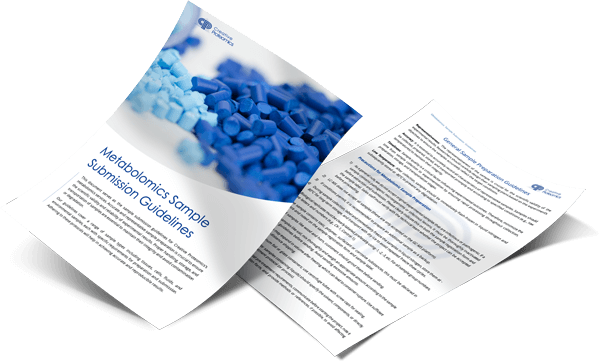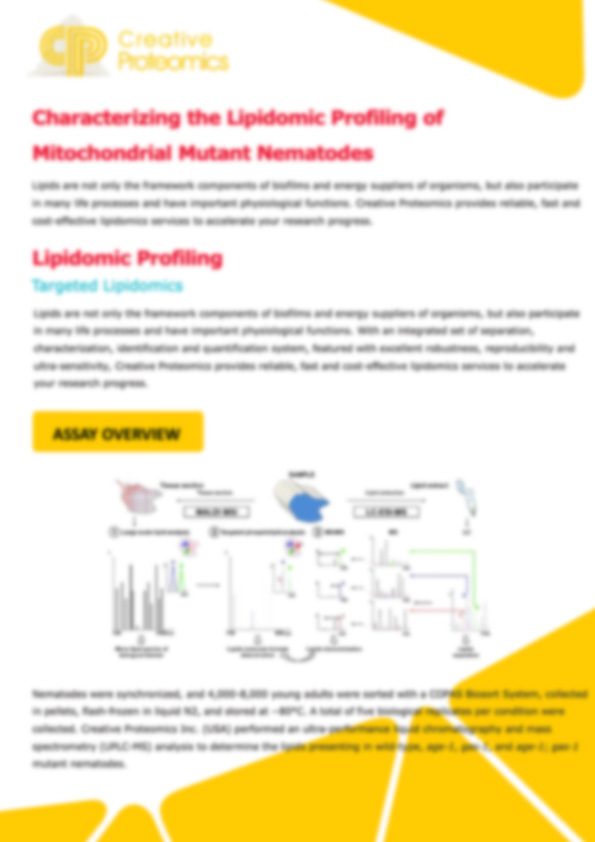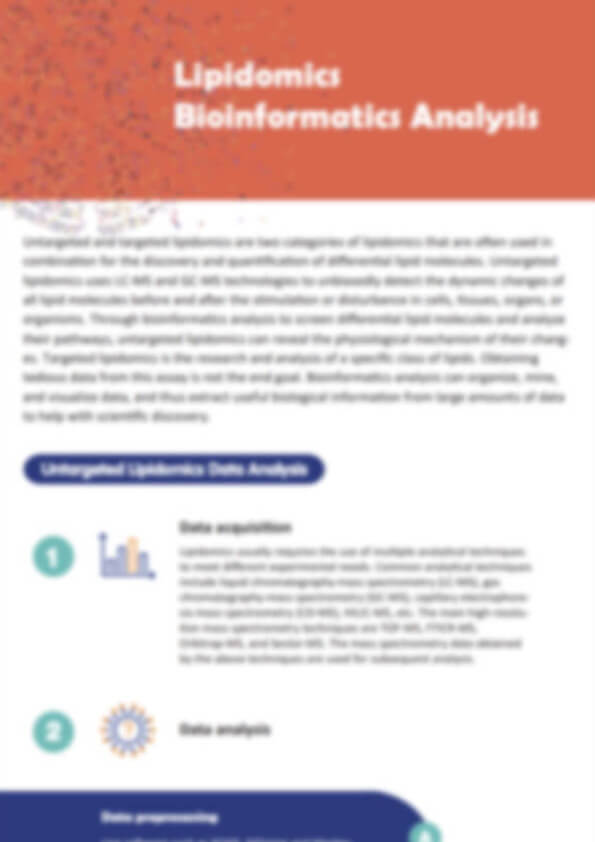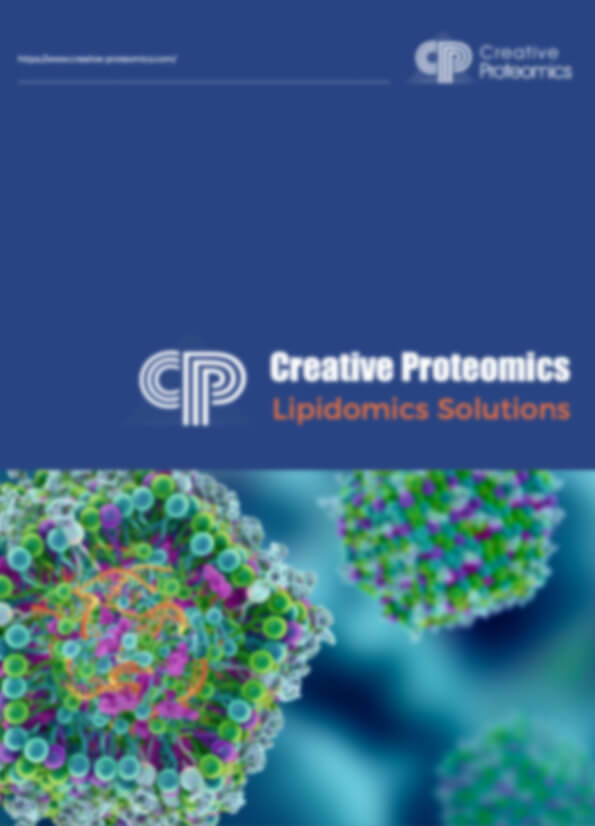Oxysterol Quantification Service for Accurate Lipidomics Research
Creative Proteomics provides advanced oxysterol quantification service using targeted LC-MS/MS oxysterol assays with isotope-labeled internal standards. Our platform addresses the key challenge of measuring low-abundance, structurally similar oxysterols with absolute accuracy and reproducibility.
We support a wide range of research applications, including oxysterol metabolism, biomarker discovery, and lipid pathway analysis. By combining comprehensive coverage with rigorous quality control, our service enables clients to generate reliable, publication-ready results for metabolic, neurological, and immunological studies.
Oxysterols are oxygenated derivatives of cholesterol and other sterols. Despite being present in low abundance, they act as critical signaling molecules that regulate cholesterol homeostasis, lipid metabolism, and immune function. Subtle changes in oxysterol levels can reveal important metabolic and pathological processes.
Submit Your Request Now
×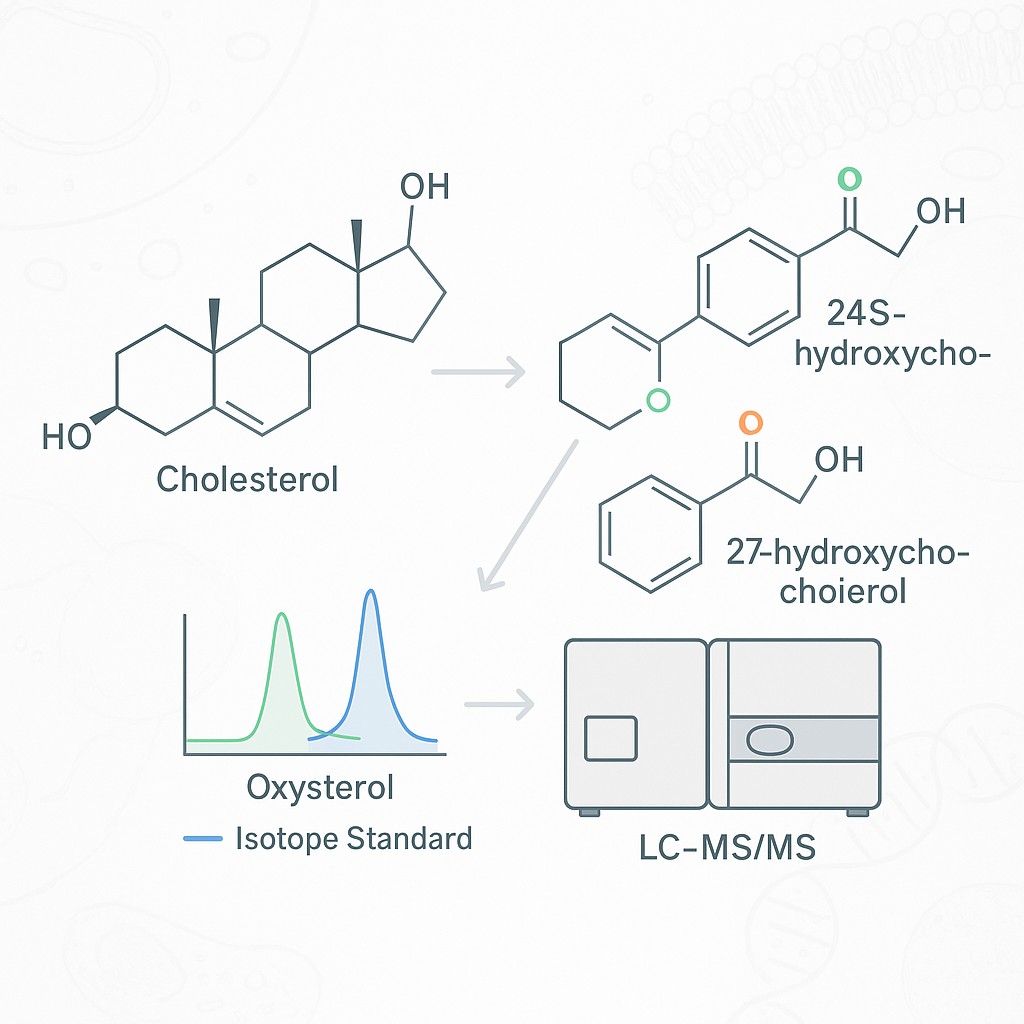
- LC-MS/MS Oxysterol Assay with Absolute Quantification
- Oxysterols Targeted Panel: Hydroxy-, Epoxy-, Keto-cholesterols
- High Sensitivity with Isotope-Labeled Standards
- Reliable Data for Biomarker and Pathway Research
- Overview
- Approach
- Metabolites
- Platform
- Workflow
- Applications
- Advantages
- Samples
- FAQ
- Case Study
- Publication
What Are Oxysterols and Why They Matter
Oxysterols are oxidized derivatives of cholesterol, produced either enzymatically by cytochrome P450 enzymes or non-enzymatically through free radical reactions. They exist as free oxysterols or as esterified forms with fatty acyl chains.
These metabolites are far more than simple cholesterol breakdown products. They act as bioactive signaling molecules that regulate lipid and glucose homeostasis, modulate immune pathways, and help maintain brain function. Oxysterols exert their effects through multiple targets, including G protein–coupled receptors such as EBI2, and nuclear receptors such as LXR, ROR, and ERα.
Because of these diverse roles, oxysterols are valuable biomarkers for studying disease mechanisms. Specific metabolites such as 24(S)-hydroxycholesterol and 7α-hydroxycholestenone have been linked to neurological conditions and metabolic disorders. Precise quantification of oxysterol metabolism provides insight into cardiovascular disease, diabetes, neurodegeneration, immune dysfunction, and cancer biology.
Recommended Reading: Learn more about lipid profiling in our Sterol Lipids Analysis Service.
Our Oxysterol Quantification Approach
At Creative Proteomics, we provide a targeted oxysterol assay based on advanced LC-MS/MS oxysterol quantification workflows. The method combines ultra-high-performance liquid chromatography with triple quadrupole mass spectrometry, supported by isotope-labeled internal standards, to deliver absolute quantitation and reproducible results.
Key Advantages
- Absolute quantitation – isotope-labeled calibration ensures accuracy and comparability across studies.
- High sensitivity – detection limits in the ng/mL range enable profiling of low-abundance oxysterols.
- Comprehensive oxysterols targeted panel – simultaneous measurement of hydroxycholesterols, epoxy-cholesterols, and keto-cholesterols.
- Customizable assays – tailored oxysterol analysis panels to meet diverse project requirements.
This approach overcomes common challenges in oxysterol metabolism research, including structural similarity among isomers and low natural abundance. By applying strict quality control and validated mass spectrometry methods, we ensure robust datasets ready for biomarker discovery, metabolic pathway studies, and drug development programs.
See also: Explore broader applications through our Targeted Metabolomics solutions.
Metabolites Covered
Our oxysterols targeted panel includes a broad range of cholesterol derivatives. Representative metabolites are shown below:
| Category | Representative Metabolites |
|---|---|
| Core Sterols | Cholesterol, Desmosterol, 7-Dehydrocholesterol, Lanosterol |
| Hydroxycholesterols | 24S-Hydroxycholesterol, 25-Hydroxycholesterol, 27-Hydroxycholesterol, 7α-Hydroxycholesterol, 7β-Hydroxycholesterol, 4β-Hydroxycholesterol |
| Keto-cholesterols | 7-Ketocholesterol, 7α-Hydroxycholestenone |
| Epoxy-cholesterols | 5α,6α-Epoxycholesterol, 5β,6β-Epoxycholesterol, 24,25-Epoxycholesterol |
Platform
Our oxysterol mass spec analysis is carried out on high-performance LC-MS/MS platforms to ensure accuracy and reproducibility.
- UHPLC systems: Agilent 1290
- Triple quadrupole mass spectrometers: Sciex QTrap 5500 and 6500+
- Isotope-labeled internal standards for calibration and quantitation
- Optional derivatization methods to improve detection sensitivity
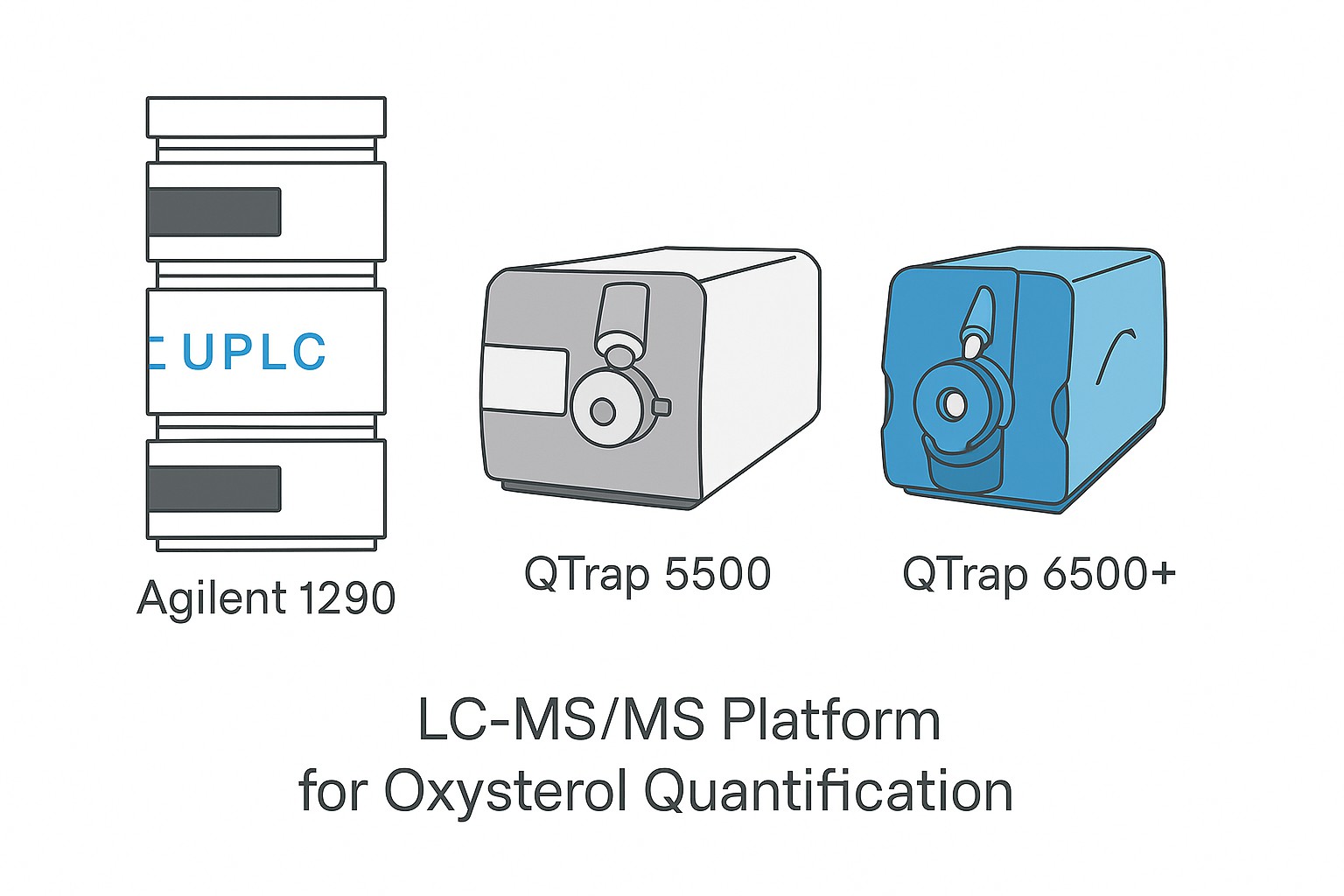
Workflow and Deliverables
Our oxysterol analysis follows a streamlined LC-MS/MS workflow designed for accuracy and reproducibility.
Workflow
Sample preparation – extraction and stabilization of oxysterols from biological matrices.
Targeted LC-MS/MS oxysterol assay – high-resolution separation and detection.
Isotope-labeled calibration – ensures absolute quantitation and cross-study comparability.
Quality control validation – multiple internal standards and repeat measurements.
Bioinformatics & reporting – statistical evaluation and biological interpretation.
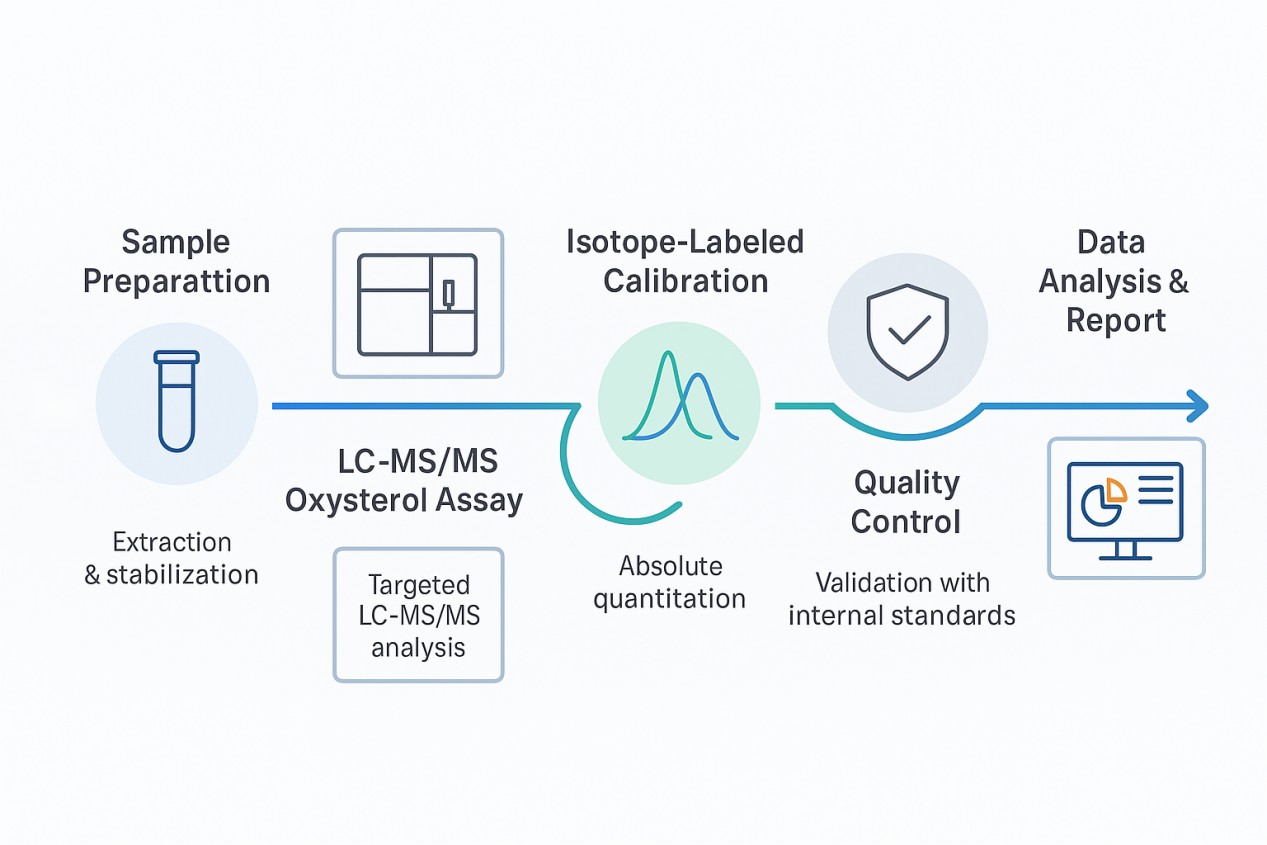
Deliverables
Quantitative data tables – absolute and relative oxysterol concentrations with CAS information.
Chromatograms and calibration curves – clear visualization of assay performance.
QC metrics – reproducibility data (CVs, LOD/LOQ).
Interpretative report – biological pathway insights and oxysterol metabolism context.
Publication-ready outputs – volcano plots, heatmaps, and pathway diagrams.
Applications in Research
Accurate oxysterol analysis enables researchers to explore multiple aspects of metabolism, signalling, and disease biology. Our service supports projects in the following areas:
Metabolic Research
Oxysterols reflect cholesterol and lipid turnover. Quantitative profiling helps uncover mechanisms in diabetes, obesity, fatty liver disease, and related metabolic disorders.
Neuroscience
Oxysterols cross the blood–brain barrier and serve as biomarkers in Alzheimer's disease, Parkinson's disease, epilepsy, and other neurodegenerative conditions.
Immunology
Oxysterol metabolites such as 7α,25-dihydroxycholesterol regulate immune cell migration via EBI2. This makes oxysterol metabolism a key focus in autoimmune and inflammatory disease studies.
Cardiovascular Disease
Oxysterols are strongly linked to atherosclerosis and vascular dysfunction, providing insights into lipid-driven mechanisms of cardiovascular pathology.
Cancer Research
Dysregulated sterol metabolism contributes to tumour microenvironments. Oxysterol quantification supports biomarker discovery and therapeutic target validation in oncology.
Why Choose Creative Proteomics
Comprehensive Coverage
Our targeted panel includes a broad spectrum of oxysterols, ensuring both enzymatic and non-enzymatic derivatives are profiled with precision.
Isotope-Labeled Calibration
Multiple internal standards are applied in every run, enabling absolute quantitation that is reproducible across studies and laboratories.
Integrated Bioinformatics Support
Beyond raw numbers, we provide biological interpretation and pathway-level insights to help researchers translate oxysterol data into actionable conclusions.
Flexible Customisation
Assays can be tailored to specific research questions, whether for biomarker discovery, lipid metabolism studies, or translational applications in drug development.
Proven Track Record
Trusted by leading pharmaceutical companies, CRO partners, and academic institutions worldwide, Creative Proteomics consistently delivers publication-ready datasets that stand up to peer review.
Sample Types and Requirements
| Sample Type | Recommended Amount | Storage & Transport |
|---|---|---|
| Serum / Plasma | ≥ 100 µL | Snap-freeze, store at −80 °C, ship on dry ice |
| CSF, Urine, Bile, Other Fluids | ≥ 50 µL | Snap-freeze, store at −80 °C, ship on dry ice |
| Tissue (liver, kidney, brain) | 20–50 mg | Snap-freeze, store at −80 °C, ship on dry ice |
| Cells / Microbes | ≥ 1 × 10⁶ cells | Pellet, snap-freeze, store at −80 °C, ship on dry ice |
| Plant Tissue | ≥ 50 mg | Snap-freeze, store at −80 °C, ship on dry ice |
Notes:
- Protect all samples from light to prevent oxidation
- For special sample types or smaller volumes, please contact our technical support team for guidance.
Frequently Asked Questions (FAQ)
What types of samples can be used for oxysterol quantification?
We accept biological samples such as serum/plasma, CSF, urine, tissues, cells, microbes, and plant material. All sample types must be snap-frozen, stored at -80 °C, and shipped on dry ice.
Do you measure both free and esterified oxysterols?
Yes. Our oxysterol panel covers enzymatic and non enzymatic derivatives, including free and esterified forms, enabling a comprehensive view of oxysterol metabolism.
How do you ensure accuracy in oxysterol mass spec assays?
We use multiple isotope-labeled internal standards for absolute quantitation. This stable-isotope dilution strategy improves precision and cross-study comparability.
Can you distinguish isomeric oxysterols (e.g., 7α- vs 7β-hydroxycholesterol)?
Yes. Our LC MS/MS method features optimized chromatography to resolve isomers reliably.
What's the benefit of targeted oxysterol panels versus untargeted metabolomics?
Targeted panels provide higher sensitivity and specificity for low-abundance oxysterols. They allow absolute quantitation and focus on biologically relevant metabolites.
Can this service support research into neurodegenerative diseases or immune signaling?
Absolutely. Quantitative oxysterol profiles can reveal biomarkers and pathway perturbations relevant to neuro degeneration (e.g., Alzheimer's models) and immune modulation (e.g., EBI2-related pathways).
Is this service suitable for clinical diagnostics?
No. The Oxysterol Quantification Service is strictly intended for research use only—not for clinical or diagnostic purposes.
Learn about other Q&A about proteomics technology.
Case Study
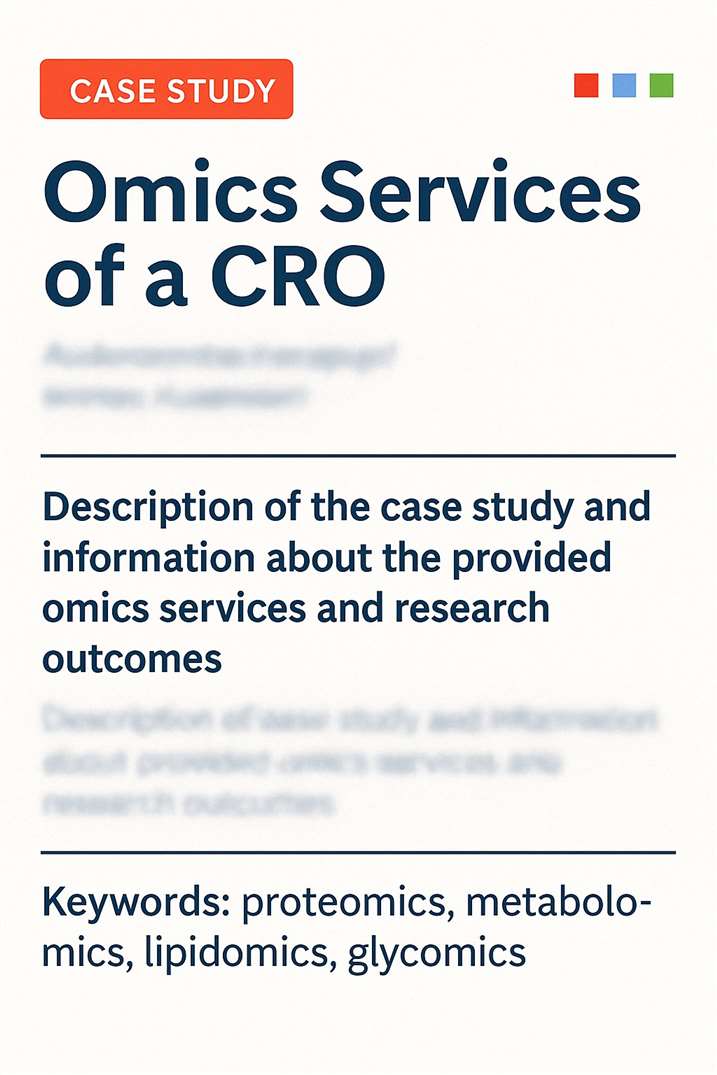
Lymphatic-Derived Oxysterols Enhance Anti-Tumor Immunity in Melanoma
- Background
- Methods
- Results
- Conclusions
Melanoma progression is closely linked to lymphangiogenesis, which typically fosters metastasis and immune suppression. However, lymphatic endothelial cells (LECs) may also enhance immune responses by shaping the tumor microenvironment. Recent work has identified that LECs upregulate the enzyme cholesterol 25-hydroxylase (Ch25h), producing 25-hydroxycholesterol (25-HC), an oxysterol metabolite with potential roles in anti-tumor immunity.
Researchers used lymphangiogenic murine melanoma models (B16F10-OVA VEGF-C) to study the impact of LEC-derived 25-HC. RNA sequencing and lipid mass spectrometry were performed to measure Ch25h expression and oxysterol levels in tumors. Flow cytometry and immunofluorescence were used to track immune cell phenotypes. Human melanoma datasets (TCGA and clinical trial cohorts) were analyzed to correlate CH25H expression with survival and immunotherapy response.
- LECs as a source of oxysterols: Tumor LECs significantly upregulated Ch25h and contributed to extracellular 25-HC, as confirmed by lipidomic analysis.
- Immune modulation: Loss of Ch25h in LECs skewed tumor-infiltrating monocytes and macrophages toward an immunosuppressive phenotype, reducing pro-inflammatory iNOS+ subsets and impairing T cell responses.
- Immunotherapy synergy: In vaccination and adoptive T cell transfer models, Ch25h-deficient tumors showed diminished CD8+ effector T cell activity and increased T cell exhaustion, leading to impaired tumor control.
- Human validation: In melanoma patients, higher CH25H expression correlated with lymphatic vessel gene signatures, increased infiltration of pro-inflammatory macrophages, improved survival, and enhanced response to PD-1/CTLA-4 checkpoint blockade.
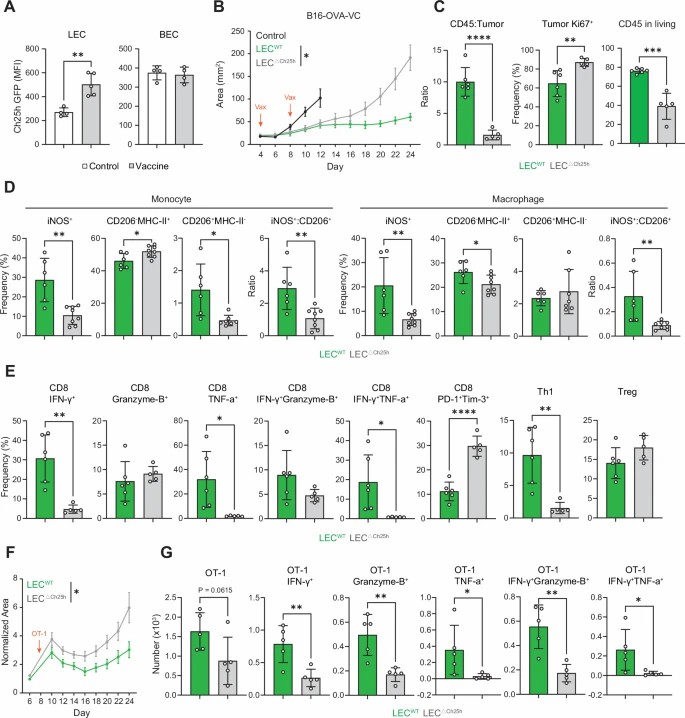 Figure. Loss of Ch25h expression in lymphatic endothelial cells reduces the efficacy of immunotherapy in murine melanoma models, highlighting the role of oxysterols in sustaining effector T cell function.
Figure. Loss of Ch25h expression in lymphatic endothelial cells reduces the efficacy of immunotherapy in murine melanoma models, highlighting the role of oxysterols in sustaining effector T cell function.
This study demonstrates that LEC-derived oxysterols act as critical regulators of anti-tumor immunity by reprogramming macrophages and supporting effector T cells. The findings highlight CH25H as both a biomarker of immunotherapy response and a potential therapeutic target to amplify anti-tumor immunity.
Publication

- Sun M, Garnier L, Chevalier R, et al. Lymphatic-derived oxysterols promote anti-tumor immunity and response to immunotherapy in melanoma. Nature Communications. 2025;16:55969.
- Pokharel S. M., et al. Integrin activation by the lipid molecule 25-hydroxycholesterol induces a proinflammatory response. Nature Communications. 2019;10:1482. https://doi.org/10.1038/s41467-019-09417-3
- Ruiz F., et al. Endothelial cell-derived oxysterol ablation attenuates experimental autoimmune encephalomyelitis. EMBO Reports. 2023;24:e55328. https://doi.org/10.15252/embr.202255328
- Xiao J., et al. 25-Hydroxycholesterol regulates lysosome AMP kinase activation and metabolic reprogramming to educate immunosuppressive macrophages. Immunity. 2024;57:1087–1104.e1087. https://doi.org/10.1016/j.immuni.2024.09.015
